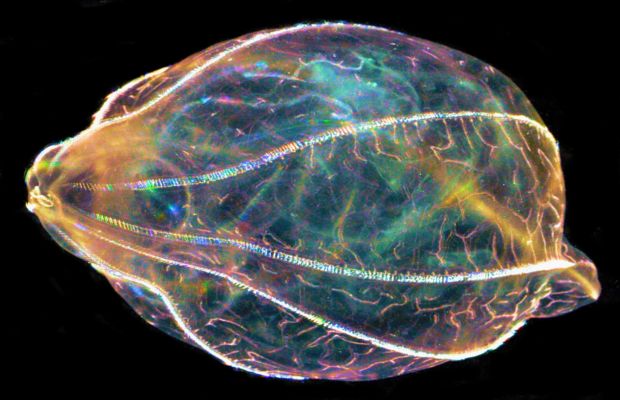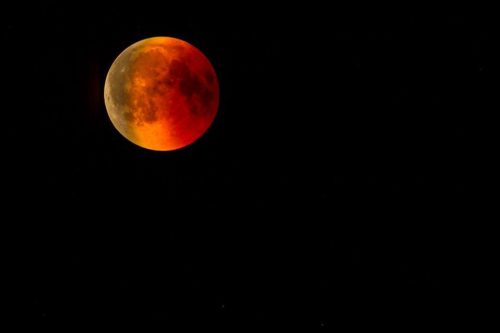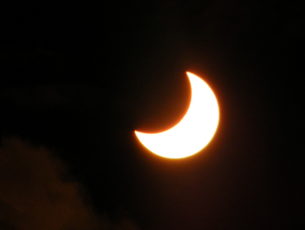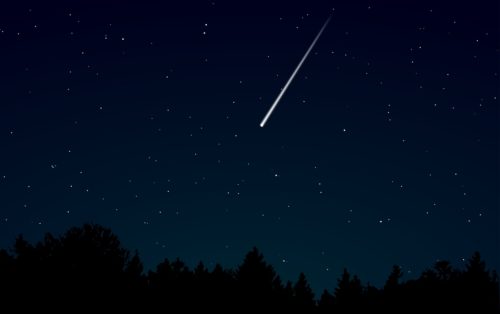 Sarà il più prossimo passaggio di un asteroide mai registrato, quello di 2012-DA14, un passaggio assolutamente sicuro grazie al monitoraggio che viene fatto dai ricercatori dei NEO (Neo_Earth Object). Una capacità che ha una punta di eccellenza anche in Italia a Pisa mentre a Frascati, presso ESRIN sta per nascere il punto di raccolta dati europeo, come ci spiega Claudio Portelli dell’ASI.
Sarà il più prossimo passaggio di un asteroide mai registrato, quello di 2012-DA14, un passaggio assolutamente sicuro grazie al monitoraggio che viene fatto dai ricercatori dei NEO (Neo_Earth Object). Una capacità che ha una punta di eccellenza anche in Italia a Pisa mentre a Frascati, presso ESRIN sta per nascere il punto di raccolta dati europeo, come ci spiega Claudio Portelli dell’ASI.
Fra poco più di due settimane un asteroide farà visita alla Terra. Si tratta di 2012-DA14, un pezzo di roccia di circa 50 metri per 130mila tonnellate , che dovrebbe avvicinarsi al nostro pianeta il 15 febbraio prossimo, viaggiando a una velocità di circa 8km/s.
Sarà come una carezza: passerà ad appena 27680 chilometri dalla superficie terrestre, scendendo quindi al di sotto dell’orbita dei satelliti geostazionari (quelli di telecomunicazioni ad esempio), che si trovano a circa 36 mila chilometri di quota.
Gli scienziati e gli astronomi sono sicuri che la roccia non toccherà la Terra: «2012-DA14 non si schianterà sulla Terra», rassicura Don Yeomans, ricercatore dei NEO (Near-Earth Object) al Jet Propulsion Laboratory della NASA. Yeomans fa notare, comunque, che la distanza ravvicinata a cui arriverà l’asteroide è già un record.
L’osservazione degli asteroidi e il controllo delle loro traiettorie, sta amplificandosi con il miglioramento delle tecnologie, che permettono di osservare oggetti sempre più piccoli e calcolarne la traiettoria con sempre maggiore precisione. E anche in Italia sta nascendo un centro di raccolta dati, come ci spiega Claudio Portelli, Responsabile ASI per i detriti spaziali e il controllo degli asteroidi: “Il centro europeo di raccolta e processamento dei dati osservati sui Near Earth Object è ormai operativo all’ESRIN. Tale scelta ESA dipende da due fattori: la decisione della delegazione italiana in ESA sul programma SSA ( Space Situational Awareness ) e l’impegno finanziario nazionale deciso alla precedente ministeriale del 2008 e confermata anche nel 2012 a Napoli. Ad aprile 2013 il NEO Data Centre dovrebbe essere inaugurato e cosi si aggiungerà al famoso Minor Planet Centre USA duplicandone alcune funzioni”.
spiega Claudio Portelli, Responsabile ASI per i detriti spaziali e il controllo degli asteroidi: “Il centro europeo di raccolta e processamento dei dati osservati sui Near Earth Object è ormai operativo all’ESRIN. Tale scelta ESA dipende da due fattori: la decisione della delegazione italiana in ESA sul programma SSA ( Space Situational Awareness ) e l’impegno finanziario nazionale deciso alla precedente ministeriale del 2008 e confermata anche nel 2012 a Napoli. Ad aprile 2013 il NEO Data Centre dovrebbe essere inaugurato e cosi si aggiungerà al famoso Minor Planet Centre USA duplicandone alcune funzioni”.
Portelli sottolinea anche come “l’Italia abbia anche un’eccellenza a Pisa che andava tenuta in debito conto : quella di ricostruire le traiettorie degli asteroidi a partire dalle cosiddette ‘traccie’ registrate con telescopi che osservano il cielo notturno”.
Il passaggio dell’asteroide sarà visibile nel cielo a partire dalle 20:26 (ora italiana – 19:26 UTC), ma non a occhio nudo, ma dovrebbe bastare un binocolo. Per gli italiani l’appuntamento è verso le 23. Il transito sarà controllato dagli osservatori radar, per studiarne la forma, le misure e la traiettoria.
(fonte: Media Inaf)
CLICCA QUI’ per vedere il diagramma dell’orbita
Asteroid 2012 DA14 will be closest to Earth on Feb. 15, at about 11:24 a.m. PST (2:24 p.m. EST and 1924 UTC), when it will be at a distance of about 27,700 kilometers (17,200 miles) above Earth’s surface. Although this is close enough for the asteroid to pass inside the ring of geosynchronous satellites, located about 35,800 kilometers (22,200 miles) above the equator, it will still be well above the vast majority of satellites, including the International Space Station. At its closest, the asteroid will be only about 1/13th of the distance to the moon. The asteroid will fly by our planet quite rapidly, at a speed of about 17,400 mph (7.8 kilometers per second) in a south-to-north direction with respect to Earth.
Even though 2012 DA14 is coming remarkably close, it will still only appear as a point of light in the biggest of optical telescopes, because of its small size. Based on its brightness, astronomers estimate that it is only about 45 meters (150 feet) across. It will brighten only to magnitude 7.5, too faint to be seen with the naked eye, but easily visible with a good set of binoculars or a small telescope. The best viewing location for the closest approach will be Indonesia, from which the asteroid will be seen to move at a rate of almost 1 degree per minute against the star background. Eastern Europe, Asia and Australia are also well situated to see the asteroid around its closest approach. But by the time Earth rotates enough for observers in the continental United States to have a chance to see the asteroid, it will have receded and faded to about the 11th magnitude. Radar astronomers plan to take images of the asteroid about eight hours after closest approach using the Goldstone antenna in California’s Mojave Desert, which is part of NASA’s Deep Space Network.
2012 DA14 has not been in the catalogues for very long — it was discovered in February of 2012 by astronomers at the La Sagra Sky Survey program in southern Spain and reported to the Minor Planet Center, which designates minor bodies in our solar system. At the time of the discovery, the asteroid had just made a fairly distant passage by Earth, about seven times farther than the distance to the moon. Since 2012 DA14’s orbital period around the sun has been about 368 days, which is very similar to Earth’s, the asteroid made a series of annual close approaches. This year’s is the closest approach, and is the closest the asteroid will come for at least three decades. But this encounter will shorten 2012 DA14’s orbital period to about 317 days, changing its orbital class from Apollo to Aten, and its future close approaches will follow a different pattern.
This passage of 2012 DA14 by Earth is a record close approach for a known object of this size. A few other known asteroids have flown by Earth even closer, but those asteroids were smaller. On average, we expect an object of this size to get this close to Earth about once every 40 years. An actual Earth collision by an object of this size would be expected much less frequently, about once every 1,200 years, on average.
(JPL NASA)















